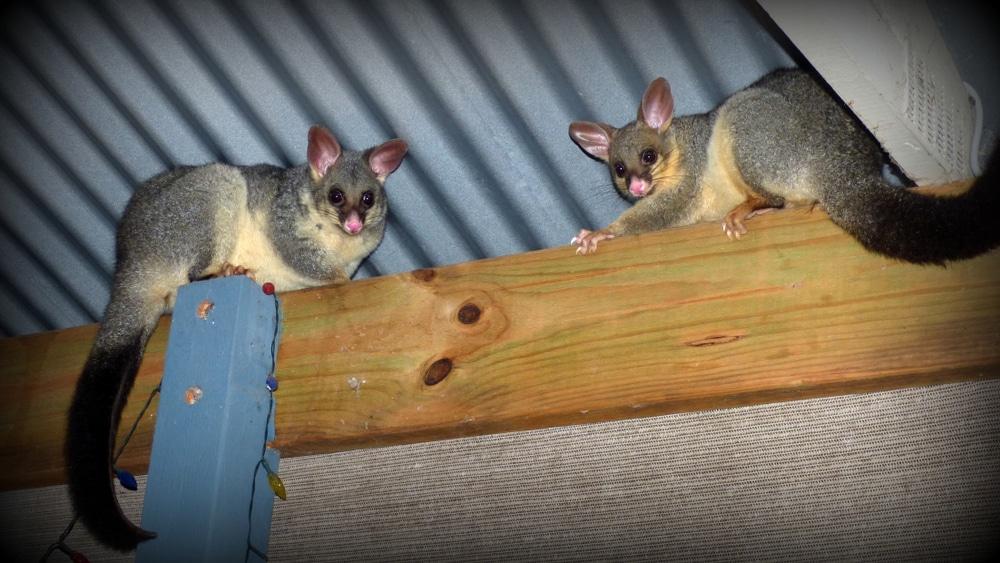
Possums are unique and fascinating animals that serve an essential role in the environment by controlling pests and cleaning up organic waste. However, when they make their way into your attic, crawlspace, or garden, they can create problems that need addressing. Here's a comprehensive guide to safe, humane, and effective possum removal.
Why Remove Possums?
While possums are generally non-aggressive and beneficial to the environment, their presence on your property can lead to:
- Structural Damage: They may chew through insulation, roofing materials, and wires.
- Noise Disturbances: Possums are nocturnal, and their nighttime activity can disrupt sleep.
- Health Risks: Possums can carry diseases such as leptospirosis and transmit fleas, ticks, or mites.
- Garden Damage: They often feast on fruits, vegetables, and ornamental plants.
Signs of a Possum Problem
Before initiating Possum Removal Canberra, it’s crucial to confirm the presence of possums. Watch for these indicators:
- Nocturnal Noises: Scratching, thumping, or scurrying sounds in walls or ceilings.
- Droppings: Possum droppings are larger than those of rats, often found near nesting areas.
- Damaged Roof or Entry Points: Chewed or torn areas in your roof or walls may indicate a possum.
- Garden Mess: Uprooted plants and half-eaten fruits are common signs.
Steps for Humane Possum Removal
1. Inspect Your Property
Carefully examine your property to locate nesting sites and entry points. Common areas include attics, crawlspaces, and under decks. Look for holes, gaps, or loose vents.
2. Encourage Possums to Leave
Instead of forcing the possum out, make their environment uncomfortable:
- Bright Lights: Install lights in the attic or crawlspace to disrupt their preferred darkness.
- Loud Sounds: Play music or use a radio near their nesting area.
- Natural Scents: Strong odors like peppermint oil or ammonia can deter possums.
3. Use Live Traps
Set up a humane live trap near the nesting site. Bait the trap with appealing foods such as fruits, vegetables, or peanut butter. Once captured, relocate the possum to a safe and legal location at least 5–10 miles away.
4. Check Local Wildlife Laws
Many areas have regulations regarding possum removal and relocation. Ensure compliance with local laws before taking action.
5. Seal Entry Points
Once you’re certain the possum has vacated, seal all entry points to prevent re-entry. Use heavy-duty materials like steel mesh, caulk, or wood to cover gaps, vents, and holes.
6. Call a Professional if Necessary
If the problem persists or feels overwhelming, contact a licensed wildlife removal expert. They have the tools and expertise to handle the situation safely and humanely.
Preventing Future Possum Problems
After removal, implement preventive measures to keep possums away:
- Secure Food Sources: Keep trash bins tightly sealed, remove pet food from outdoor areas, and clean up fallen fruit.
- Trim Trees and Shrubs: Cut back branches near your roof to eliminate access points.
- Install Barriers: Add fences or netting around gardens and secure gaps in decks or sheds.
- Use Deterrents: Motion-activated lights, sprinklers, and ultrasonic devices can scare possums away.
Why Humane Removal Matters
Possums are protected in many areas, making humane removal both ethical and legally required. They are vital contributors to the ecosystem, controlling pests like cockroaches, rats, and snakes. By handling them compassionately, you’re helping maintain balance in the local environment.
Conclusion
Possum removal doesn’t have to be a stressful ordeal. By understanding their behavior, taking humane actions, and implementing long-term prevention strategies, you can resolve the issue while respecting these remarkable creatures. Whether you handle it yourself or seek professional help, remember that coexistence with wildlife is achievable with a thoughtful approach.
Protect your home—and the possums—with care!
